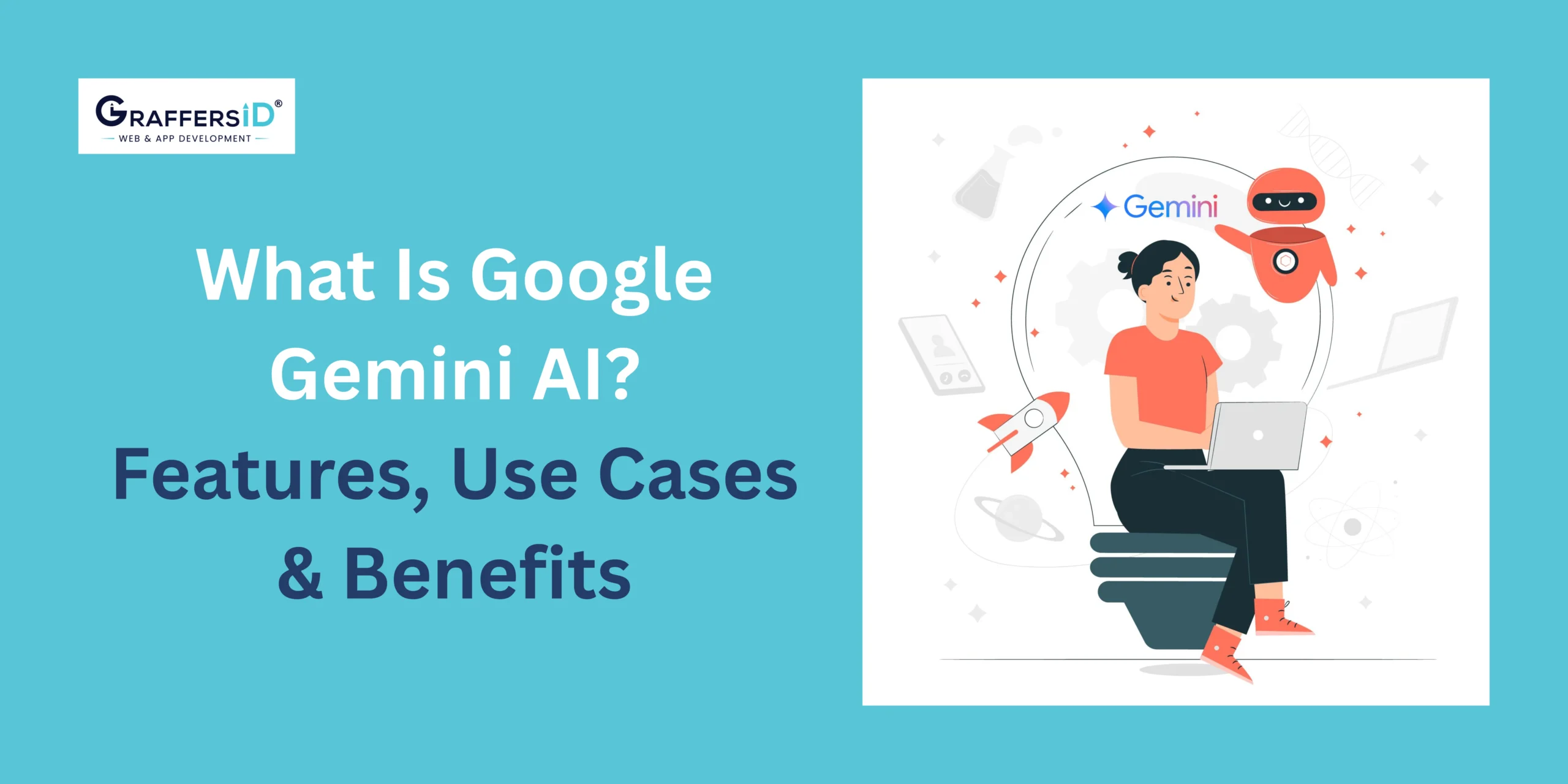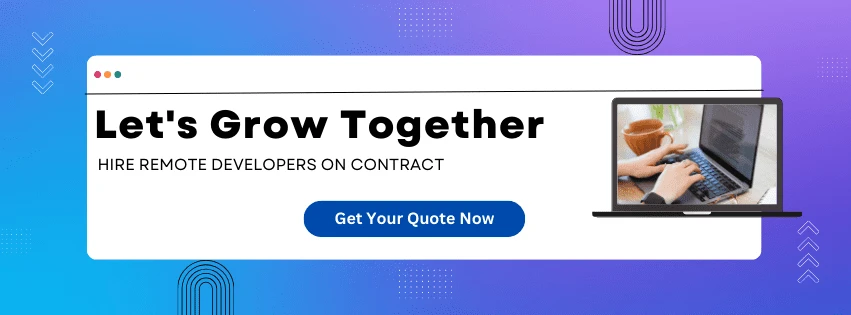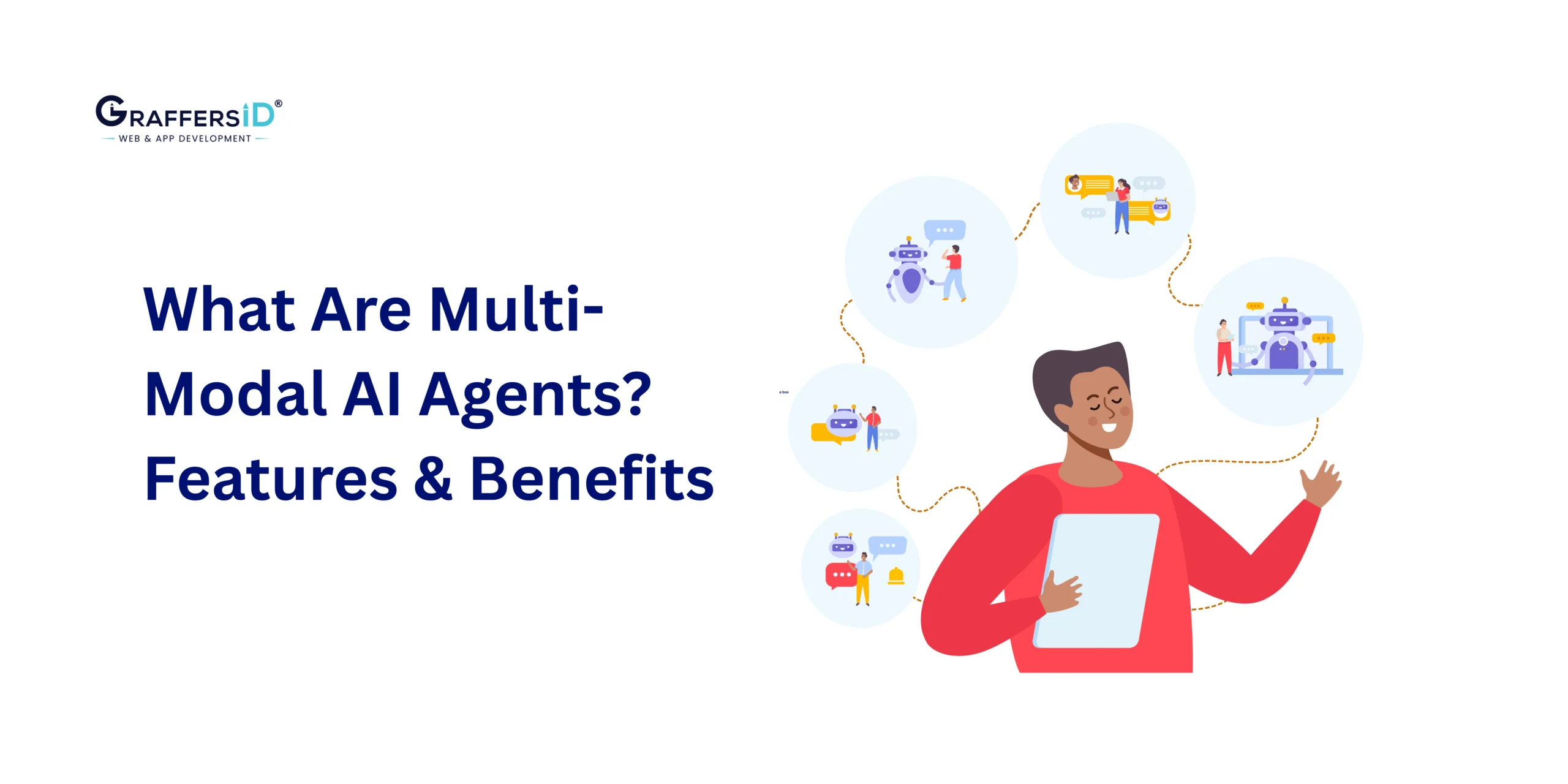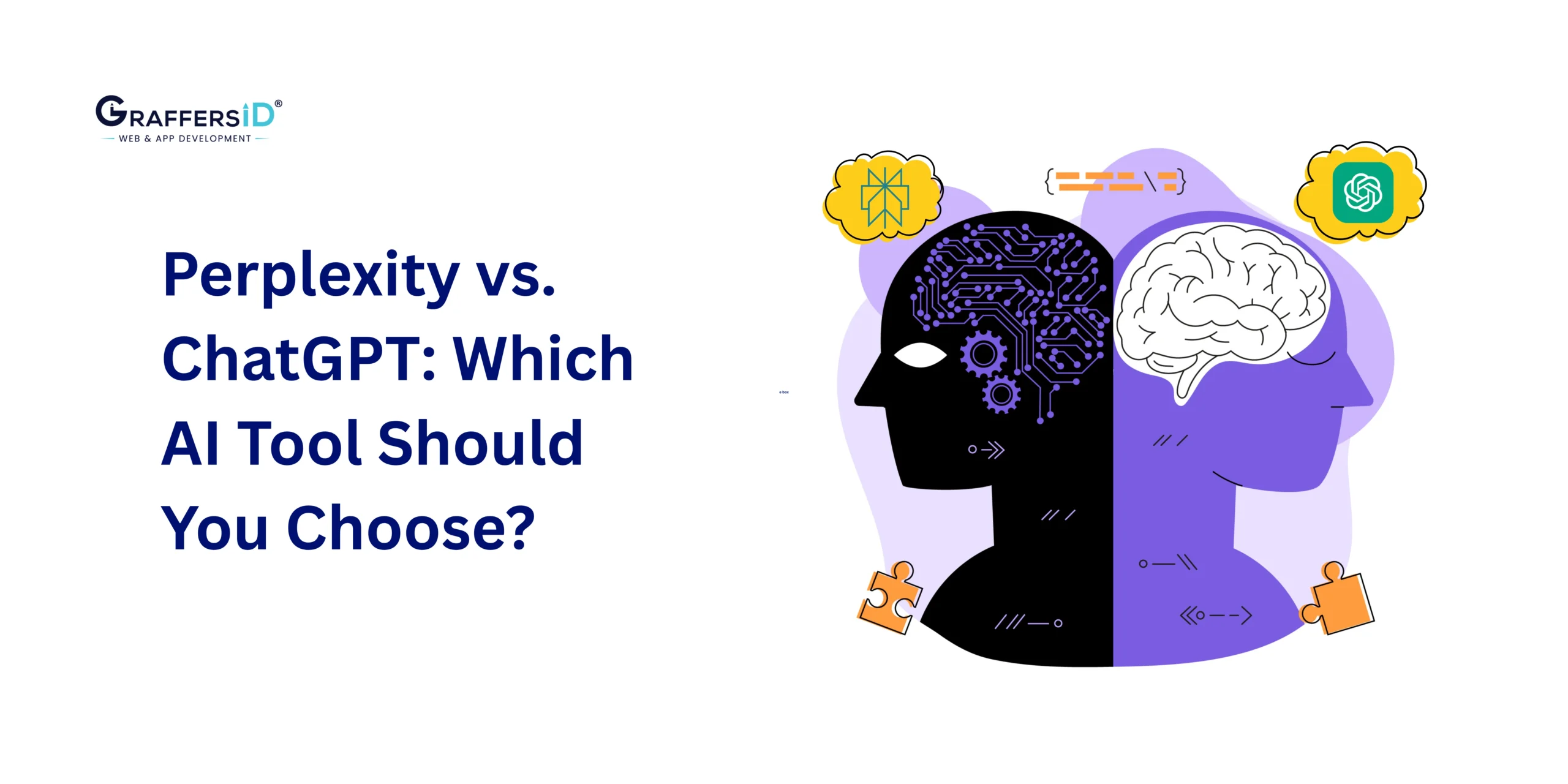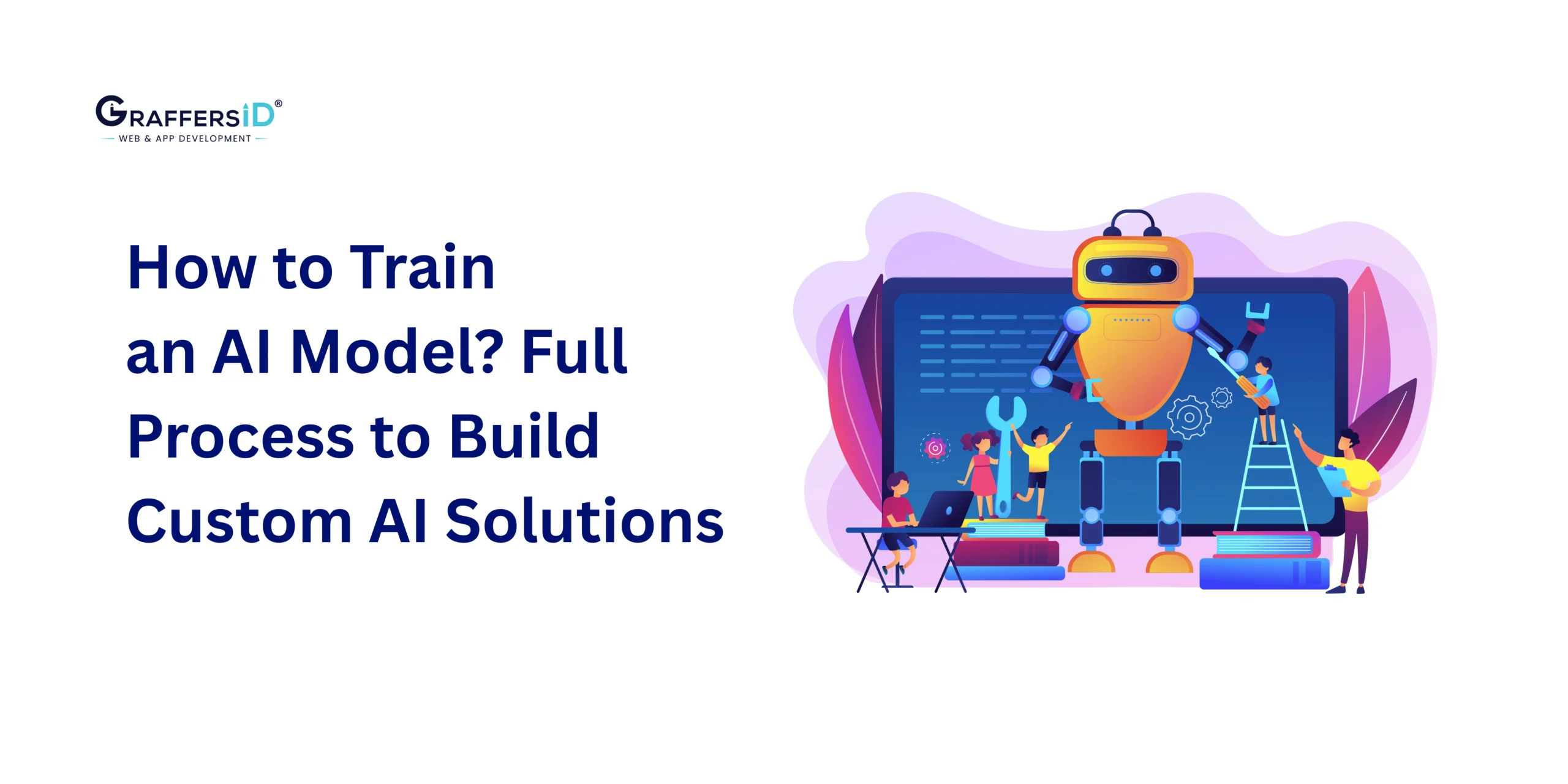Large language models (LLMs) with multimodal capabilities grow stronger in 2026 as artificial intelligence keeps developing at a high pace. In response to the rising demand for completely intelligent, multimodal, and developer-friendly AI systems, Google has made major advances with Gemini AI, while OpenAI’s ChatGPT and Anthropic’s Claude have largely led the market.
Gemini, built by Google DeepMind, is not merely an update to Bard. It represents a shift in how AI interprets, communicates with, and contributes to a wide range of content types, including text, code, images, audio, and video.
So, what makes Gemini different? How can developers use it to build smarter apps? Let’s look at everything you need to know about Google Gemini AI in 2026.
What Is Google Gemini AI?
Google Gemini AI is a family of advanced multimodal AI models created by Google DeepMind to compete with other industry leaders like GPT-4.5, Claude 3, and Perplexity AI. It is an upgrade of Google’s Bard chatbot and is deeply integrated with Google’s ecosystem, which includes Android, Google Cloud AI Studio, and Google Workspace (Docs, Gmail, Sheets).
Gemini is unique because it is natively multimodal, which means that it was built from the base to understand and generate data of different types than just text. Gemini is capable of writing code, analyzing charts, interpreting images, summarizing legal documents, and generating audio subtitles.
The different Google Gemini models available are:
- Gemini Pro: Used for writing, summarizing, and automating tasks, it is accessible through a browser-based interface and Google Workspace apps.
- Gemini 1.5 API: Provides developers with strong backend support with Google Cloud’s Vertex AI.
- Gemini Nano: Pixel and Android devices come with a lightweight, on-device version for offline and private AI.
- Gemini Ultra: An enterprise-grade model for advanced use cases involving heavy computation and real-time processing.
Read More: What is Perplexity AI & How Does It Work? (A 2026 Guide for Tech Teams)
Key Features of Google Gemini AI in 2026
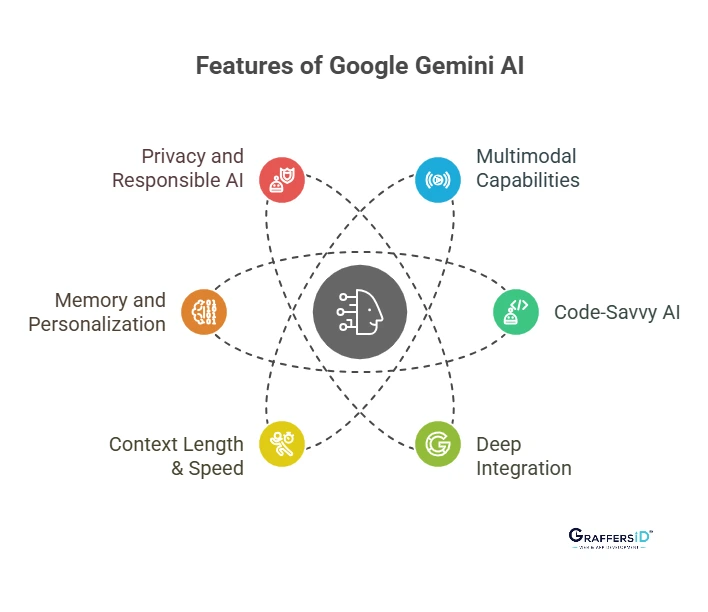
1. Multimodal Capabilities
As Gemini natively supports a variety of data types, it can manage:
- Text: Write blogs, summarize research papers, translate texts, and create technical content drafts.
- Code: Able to write, debug, or refactor code by understanding logic, syntax, and architecture.
- Images: Uses visual inputs such as diagrams, screenshots, or images to analyze, explain, and provide context.
- Audio: Translates verbal commands or feedback, generates subtitles, and translates voice input.
- Video: Recognizes critical frames, comprehends timelines, and creates insights from visual narratives.
2. Code-Savvy AI
Gemini is excellent at helping developers by:
- Providing Syntax Suggestions: Offers correct syntax in multiple languages.
- Code Completion & Refactoring: Enhances the readability and performance of existing code.
- Documentation Generation: Automatically generates internal documentation for classes and functions.
- Version Migration: Assists in migrating codebases like Python or AngularJS to React.
- Unit Testing: Saves manual QA time by suggesting and even writing unit tests.
3. Deep Integration with Google Ecosystem
Gemini can be easily integrated with:
- Google Docs & Gmail: Helps in writing, summarizing, and translating documents and emails.
- Google Sheets: Intelligently analyzes data, creates formulas, and suggests visualizations.
- Search Engine Results: Based on search queries, offers AI-augmented responses.
- Android Development: Assists developers within Android Studio and enables on-device AI capabilities.
4. Context Length & Speed
Gemini 1.5 can handle over 1 million tokens:
- Document Processing: Review and compare hundreds of pages simultaneously.
- Coding Projects: Understand complex repositories quickly.
- Speed Improvements: Real-time responses and GPU acceleration provide low latency.
5. Memory and Personalization
Gemini’s memory helps it:
- Remember Previous Sessions: Recall the last session’s remarks.
- Learn Developer Preferences: Understands your object-oriented or functional code preference.
- Customize Prompts: Adjusts its tone and suggestions depending on previous conversations.
6. Privacy and Responsible AI
Google ensures:
- Federated Learning: Maintains data on-device for Gemini Nano.
- Granular Permission Settings: Control how your data is used.
- Bias & Toxicity Mitigation: Uses AI audits and datasets that improve fairness.
Technical Use Cases of Google Gemini AI for Developers in 2026
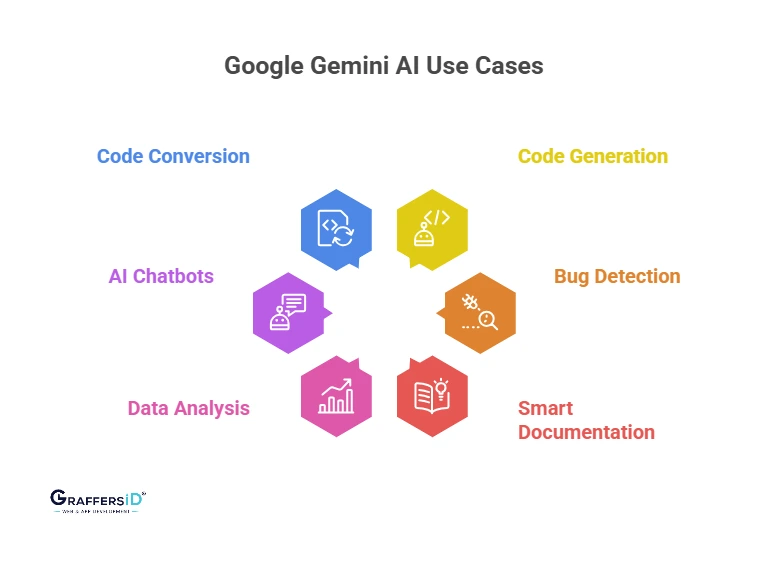
- Automated Code Generation: Give a clear description of your application’s functionality, and Gemini will develop the REST APIs, user interface elements, and frontend/backend stack logic.
- Bug Detection and Fixing: Identify logical, syntactic, or runtime errors in codebases. Gemini not only highlights the error but also explains the root cause and suggests possible fixes.
- Smart Documentation: Generates human-readable documentation directly from the code. Helps create API documentation, change logs, and technical specifications.
- Data Analysis: Using natural language queries, ask Gemini to create trends, patterns, or dashboards from data imported from Excel, CSV, or SQL.
- AI-Powered Chatbots & Assistants: Developers can create multimodal bots that work with internal tools, CRM systems, and customer support by using voice, image, or text.
- Code Conversion: Switch codebases from outdated frameworks (like VBScript or jQuery) to more modern stacks like React, Node.js, or GoLang.
Read More: ChatGPT vs. DeepSeek vs. Google Gemini: Which AI Model is Best for Developers?
Benefits of Google Gemini AI for Developers
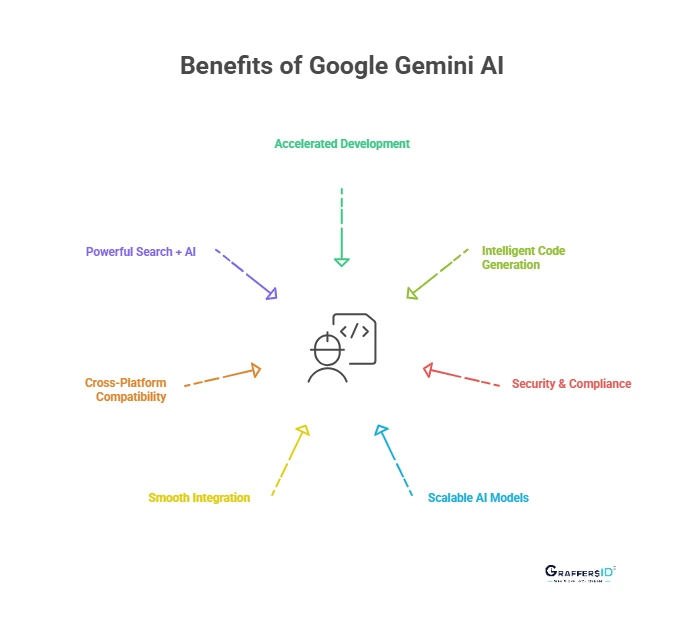
- Accelerated Development: By automating UI design, API scaffolding, and repetitive development tasks, Gemini greatly reduces deployment time. This speeds up iteration cycles and MVP launches, which is essential for agile teams and companies.
- Intelligent Code Generation: Gemini comprehends intent, context, and design patterns as compared to rule-based systems. It improves the overall quality of software by generating clear, effective, and modular code and adheres to industry best practices.
- Security & Compliance: Gemini conducts real-time security analysis on code, identifying deprecated procedures, insecure libraries, and incorrect logic. It guarantees adherence to laws governing data management, such as HIPAA and GDPR.
- Scalable AI Models: Developers can start with small tasks and gradually scale AI-powered features across their applications. Gemini’s integration with Vertex AI allows seamless transition from prototypes to enterprise-level deployments.
- Smooth Integration: Gemini has native integration with Google’s toolkit. Without requiring additional setup, developers may work in familiar areas while helping with debugging Android apps in Studio or suggesting formulas in Sheets.
- Cross-Platform Compatibility: Gemini can be used for cloud backends, mobile, web, or edge devices. Developers have unparalleled flexibility with the Gemini API for cloud scalability and Gemini Nano for local inference.
- Powerful Search + AI: Gemini integrates AI understanding with Google’s vast search index. Developers may refer to Stack Overflow threads, libraries, and documentation while they are coding.
Gemini vs Other AI Models (GPT-4, Claude, Perplexity)
| Feature | Google Gemini | GPT | Claude | Perplexity |
| Multimodal | Native | Partial | Yes | Yes |
| Context Length | 1M tokens | 128K+ | 200K | 100K |
| Ecosystem Support | Deep (Google) | Strong (OpenAI) | AWS + Claude | Search-centric |
| Developer Focus | High | High | Medium | Low |
| Memory/Personalize | Yes | Yes | Yes | No |
How to Set Up and Integrate Google Gemini AI: Step-by-Step
Use these methods to integrate Gemini AI into your own enterprise workflows or software projects:
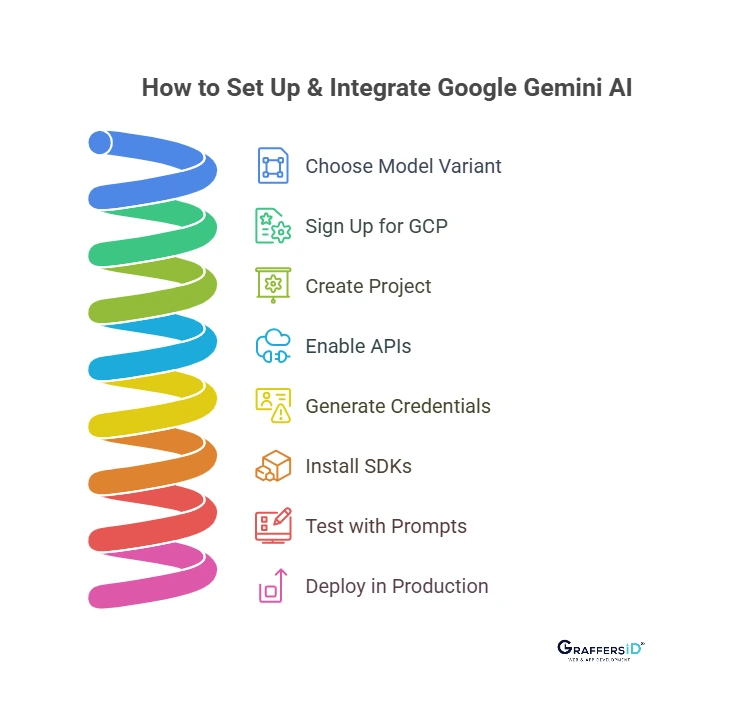
- Choose the Right Model Variant: Choose from Gemini API (for custom integrations), Gemini Nano (for Android apps), or Gemini Pro (for content requirements).
- Sign Up for Google Cloud Platform (GCP): If using the Gemini API, create a GCP account and enable Vertex AI.
- Create a Project: Within the GCP Console, start a new project and link billing.
- Enable Vertex AI & Gemini API: Turn on required APIs from the console, including permissions and quotas.
- Generate API Key or OAuth: Create your login credentials securely to access Gemini.
- Install SDKs: Use Google’s Python, Node.js, or REST SDKs to make API calls.
- Test with Sample Prompts: To verify your setup, start with simple prompts for data analysis or code generation.
- Deploy in Production: Once tested, connect Gemini to your apps, services, or automation workflows.
Conclusion
Google Gemini AI is not just a basic chatbot or virtual assistant. It is a feature-rich, developer-focused multimodal AI that easily connects with the tools that developers currently love and use. By understanding context, processing various inputs, and generating intelligent outputs, Gemini will completely transform software development by the end of 2026.
Our skilled developers at GraffersID work with startups and large corporations to create cutting-edge solutions using the newest technology, such as AI automation and unique online and mobile applications. Partner with us to build high-performance, scalable digital products that transform your business.
